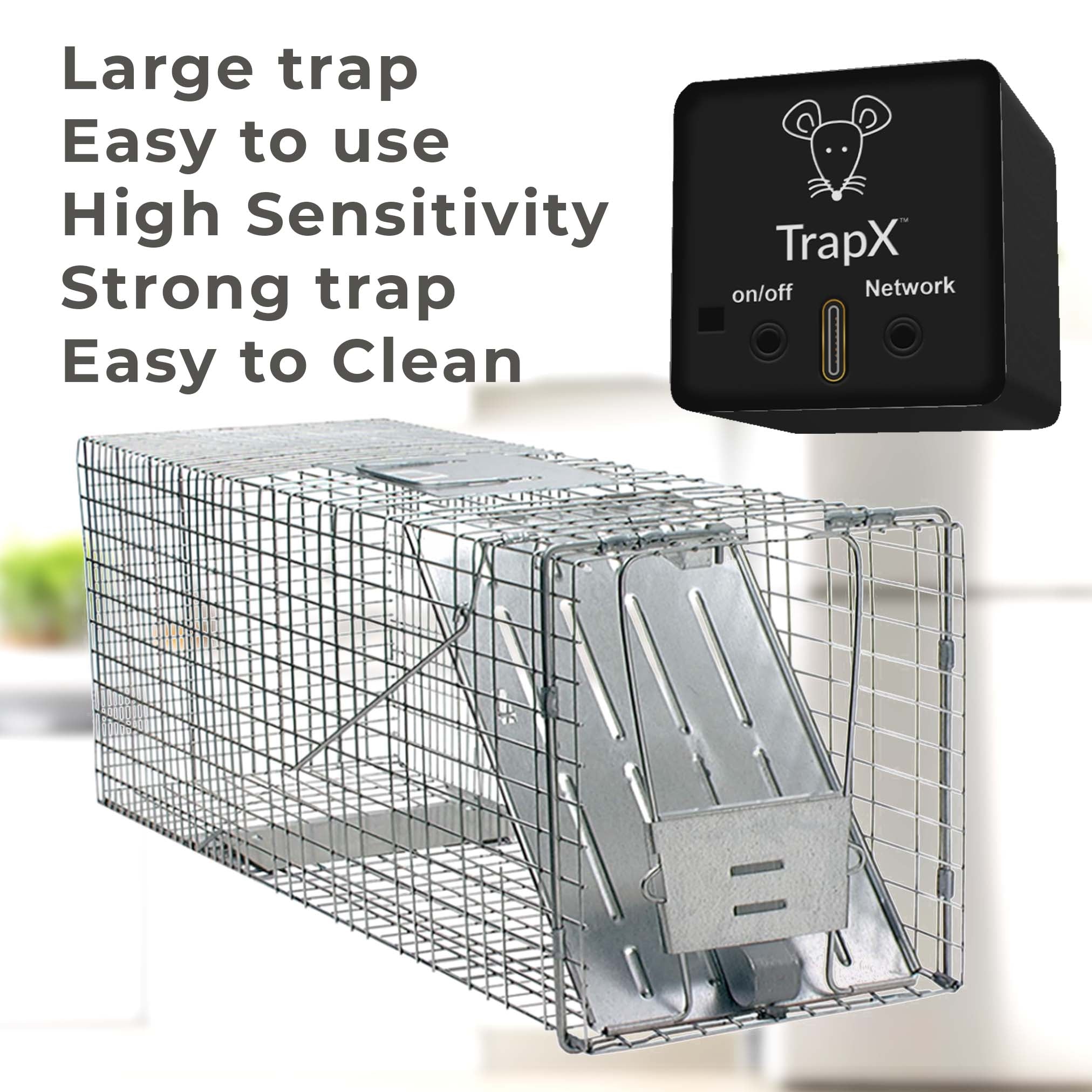Rat Trap vs Mouse Trap: Choosing the Right Solution
Share
Handling a rodent issue is something that a lot of homeowners and even commercial property owners encounter at some stage. Whether its a small mouse problem or a more severe rat infestation, deciding between a rat trap and a mouse trap isnt always clear-cut. Within the first couple of paragraphs of this article, well look into understanding the key differences and how to pick the right trap for your specific situation.
Many believe that any trap can be used interchangeably for both rats and mice. However, rats and mice vary in size, behaviors, and patterns, making the selection of the appropriate trap essential for effective pest control.

Understanding the Differences: Rat Trap vs Mouse Trap
Both rats and mice belong to the rodent family, but they have notable differences that influence the kinds of traps used to capture them. Knowing these differences can significantly boost the success rate of your pest management efforts.
Size and Strength Differences
The most noticeable difference between a rat trap and a mouse trap is their size. Rats are much larger and stronger than mice. A mouse trap is usually smaller and needs less force to set off, whereas a rat trap is designed to handle the larger body and greater strength of a rat.
Using a mouse trap for a rat might fail because rats can easily escape or even break a mouse trap. Conversely, using a rat trap to catch a mouse might not be sensitive enough to snare the smaller, lighter rodent.
Behavioral Distinctions
Behavioral differences between these rodents are another critical factor. Mice are naturally curious, quickly exploring new objects, including traps, and taking risks in unfamiliar environments.
In contrast, rats are more cautious and will avoid new objects in their surroundings for longer. This wariness necessitates different trapping strategies and types of bait for rat traps.

Types of Traps: Which Is More Effective?
When deciding between a rat trap and a mouse trap, its vital to understand the various types of traps available for each.
Snap Traps
Snap traps are the most traditional type of rodent trap, available for both rats and mice. A snap trap employs quick action to capture and kill the rodent. They are effective but need proper placement to ensure they are triggered.
For mice, select a smaller snap trap for areas where these tiny creatures are commonly found. For rats, a larger and sturdier snap trap is needed to handle their size and strength.
Live-Capture Traps
Live-capture traps allow you to capture and release rodents without harming them, offering a humane option for those who prefer not to kill the pests. These traps capture the rodent in a chamber that can be released far from your home or property.
Live-capture traps come in sizes suitable for both mice and rats. Always check the trap frequently to ensure the animal does not suffer unnecessarily.
Glue Traps
Glue traps are adhesive boards that trap rodents when they walk over them. These are more commonly used for mice as they usually are not strong enough to hold a rat. Glue traps can be controversial because they often result in a prolonged and inhumane death for the rodent.
Electronic Traps
Electronic traps use a high-voltage shock to kill rodents instantly. These traps are more effective for rats due to their larger size and higher pain tolerance. Electronic traps are often preferred for offering a quick and humane death for the rodent.

Placement and Bait: Key to Success
Proper placement and the right bait are crucial for ensuring the effectiveness of both rat traps and mouse traps.
Placement Tips for Mouse Traps
For mice, place traps along walls, behind appliances, and in other secluded areas where mice are likely to travel. Mice tend to follow established pathways, so placing traps in high-traffic areas can yield quicker results.
For more detailed guidance, refer to Revolutionary Mouse Trap Designs.
Placement Tips for Rat Traps
Given their caution, rats may take longer to approach a trap. Place rat traps in areas where rats have been sighted or where youve found droppings or gnaw marks. Be patient and avoid disturbing the surrounding area too much, as this can make rats even more cautious.
Explore more on effective Rodent Monitoring Systems.
Choosing the Right Bait
The bait used in traps greatly influences their effectiveness. Common baits for mouse traps include peanut butter, chocolate, and small pieces of fruit. For rat traps, consider using foods with strong smells, such as fish, bacon, or cheese. Ensure that the bait is secured to the trap so the rodent must interact with the trigger mechanism.

Addressing Common Challenges
Even with the right trap and bait, capturing rodents can sometimes be challenging. Here are some common issues and remedies:
Rodents Avoiding the Trap
If rodents are avoiding traps, it might be due to the human scent on the trap. Wearing gloves when handling traps and bait can help minimize this issue. Unset traps can also be placed in the area for a few days so rodents get used to their presence.
For additional tips, check out How to Trap Mice.
Rodents Stealing the Bait
If rodents are taking the bait without triggering the trap, ensure the bait is securely attached. Additionally, using smaller amounts of bait can compel the rodent to interact with the trigger mechanism.
Discover more in our article on Mouse Trap Efficiency
Multiple Rodents
If multiple rodents are the problem, consider using several traps at once. This enhances the chances of capturing all the pests by providing more opportunities for interaction with the traps.
Conclusion
The decision between a rat trap and a mouse trap depends on the rodent type and the specific circumstances of your pest problem. By understanding the differences between rats and mice, selecting the right trap, and applying effective placement and baiting strategies, you can successfully tackle your rodent issue.
For more in-depth pest control strategies and to explore various traps, visit PestWorld for comprehensive resources and expert advice.
As an Amazon Associate, I earn from qualifying purchases.
